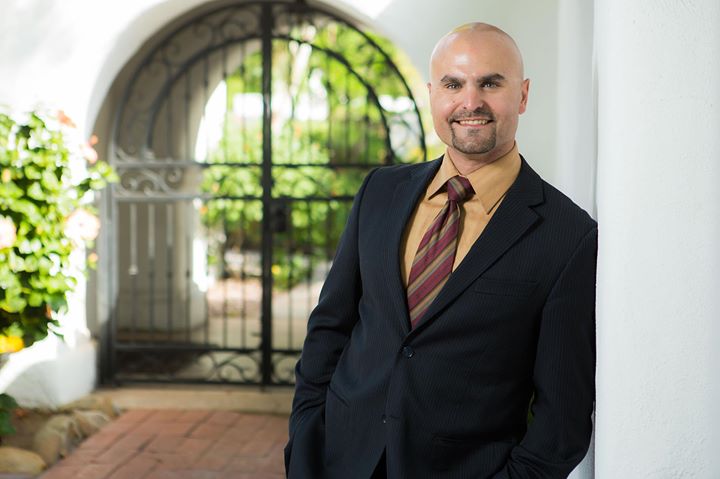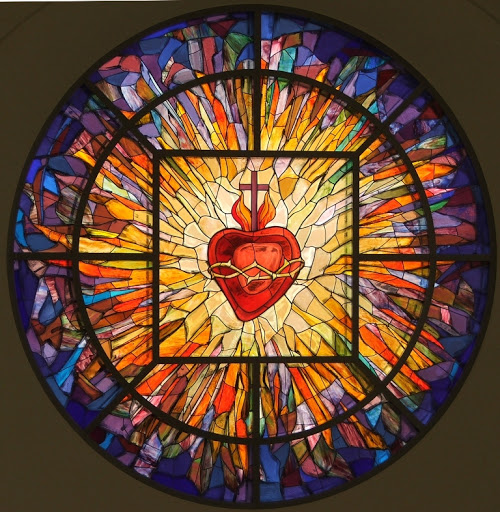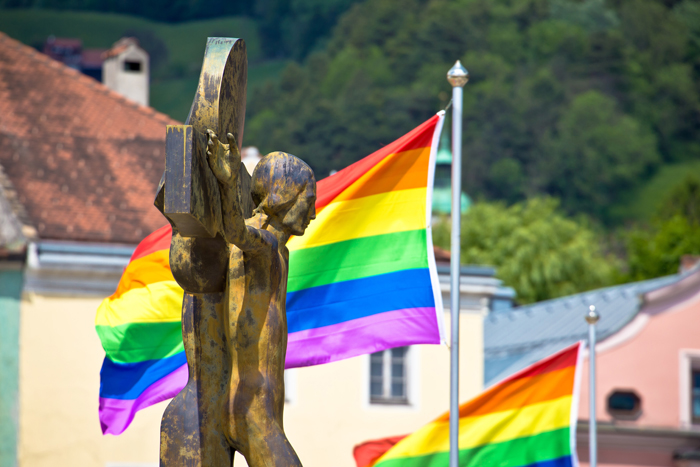This Spring and Summer, so far, I have discovered Netflix. I recall looking at Netflix and Hulu at an earlier date and being completely unimpressed, their hosting all old, low royalty, programming. I wasn’t interested. That may have been just before 2016?
Boy, has Netflix, and hopefully Hulu, been at work. I have been binge watching Marvel’s “The Iron Fist”, “The Defenders”, “The Punisher”, halfway through “Jessica Jones”, and now DC Comics’ “Lucifer”.
I was trying to understand where “Lucifer” fit, if at all, along the truth meter of Judeo-Christian theology, and I have determined “Lucifer” is really not at all about Judeo-Christian theology, but all a parody of Los Angeles, the advantaged side, culture.
The show uses, to good effect, a single amorphous, tiny-tiny, undefined grain of Judeo-Christian thought, lots of sexual innuendo for comical reasons, and lots of parody of Los Angeles advantaged culture. It’s entertainment. It’s hot outside. And, “mindless” entertainment is my escape from work and my “quarantine bubble”. I’m at the end of season 2 of 6.

-The Torment of Saint Anthony, Michelangelo, c. 1487–88, tempera and oil on panel, Height: 470 mm (18.50 in); Width: 337 mm (13.26 in), Kimbell Art Museum, Ft Worth, TX
In one of my online catechetical training classes I took, I was invited to read St Athanasius‘ (293-373 AD) “Life of (St) Antony (of the Desert) (251-356 AD)”. Excellent introduction to the earliest Christian eremitical tradition. Highly recommend.
“Satan is an excellent marketer. He does his best to make sin attractive. He introduces maxims like “heaven for the climate, hell for the company” into common discourse, as if sin makes one interesting instead of simply destructive. He makes us love the antihero trope, which does not merely portray the hero’s flaws as tragic, but instead it embraces such flaws and makes that embrace central to the character. He gives us a subversive thrill in vice. Sin, however, is nothingness. Sin is always an emptiness and a void, it gives us nothing positive and has no redeeming qualities. The only attention it deserves is in combating it and healing its effects.
The moral tradition of the Church shines the proper light on sin by helping us understand it. It describes seven capital vices under which all sins and temptations fall: gluttony, lust, greed, anger, sloth, envy, and pride. These vices arise from our desires for genuine goods, but, in consequence of the fall, we desire good things in wicked ways. We all have temptations, and categorizing our vices helps us see their inter-relations and unveils the ways in which we may combat them.
Evagrius of Pontus, a 4th century Greek-speaking monk, was the first Christian to categorize vices in this spirit. Echoing St. Peter’s command, “Stay sober and alert. Your opponent the devil is prowling like a roaring lion looking for someone to devour. Resist him, solid in your faith,” (1 Pet 5:8) Evagrius gave us perceptive insights on how to understand and battle sin.
The fight against sin, Evagrius writes, is primarily an internal battle that takes place in how we respond to our logismoi, our tempting thoughts. We receive logismoi passively, and so having a perverse image or evil idea pop into our heads does not entail sin. However, if we allow such thoughts into our hearts and entertain them with passion and intent, then we sin, even without carrying out those actions. Only in combating these temptations do we heed Jesus’s admonition, “I say to you that everyone who looks at a woman with lustful intent has already committed adultery with her in his heart” (Matt 5:28).
To combat logismoi, Evagrius proposes nepsis or watchfulness. After a period of temptation, we can stop and consider the roots of our thoughts. He advises, “Sit down and recall for yourself the things that happened to you-where you started from, where you went, and the place in which you were caught by the spirit of lust or anger or despair, and how in turn these things took place.” (On Thoughts) We often fall in the same ways, and by watchfulness we can begin to see the patterns and circumstances that antecede sin.
One may note that his gluttony begins with boredom, or that his temptations towards envy or greed begin when he scrolls on social media. Lust may begin with loneliness, slothful distractions may begin with checking one’s email. Anger may follow from recalling an inconsiderate person, pride may arise from noting the flaws of others. Different people are plagued with temptations in individual ways, so each person needs to observe his or her own thoughts to discover how to combat them.
If we know the patterns in our own lives, we can address the roots of our vices. If remembering a certain person leads us to worse thoughts of pride or anger or lust, then we can immediately turn our attention elsewhere when that person pops into our memories. Watchfulness requires diligence and practice, but it works. Watchfulness unmasks the devil’s marketing, helping us combat sin in our thoughts and in our words, in what we have done, and in what we have failed to do.”
Confiteor Deo omnipotenti,
et vobis fratres,
quia peccavi nimis
cogitatione, verbo,
opere et omissione:
mea culpa, mea culpa,
mea maxima culpa.
Ideo precor beatam Mariam semper Virginem,
omnes Angelos et Sanctos,
et vos, fratres,
orare pro me ad Dominum Deum nostrum.
I confess to almighty God
and to you, my brothers and sisters,
that I have greatly sinned,
in my thoughts and in my words,
in what I have done and in what I have failed to do,
through my fault, through my fault,
through my most grievous fault;
therefore I ask blessed Mary ever-Virgin,
all the Angels and Saints,
and you, my brothers and sisters,
to pray for me to the Lord our God.
===================================================
The fact of Lucifer’s sin has puzzled theologians. For, before he fell, Satan was the highest—the most intelligent—of all creatures. He was more aware of God’s goodness than any of the other angels—he must have seen how, before the goodness of God, all the good things in the created universe pale in comparison. Yet, he willingly turned away from the Lord for a lesser good. How was this possible?
Aquinas takes up the question of why Lucifer rebelled against God in his Summa (ST I, q. 63, a. 1, corpus), and he approaches it from the perspective of conformity vs. nonconformity. “To sin,” he argues, “is to refuse God as the rule and measure of one’s actions.” This means that only God is completely incapable of sinning. For, God Himself is the rule by which all actions are judged.
The same principles can be applied to God: he is the measure by which all things are said to be good or bad, true or false, living or dead. Since God is the measure Itself, he can’t be in nonconformity with it. But creatures can. And this is how we can say that Lucifer’s sin was possible: because he is not a law unto himself. Aquinas later revisits this notion of “sin as nonconformity” when comparing Adam’s sin to that of the Devil’s. He writes,
“Each wished to rely on himself in contempt of the order of the Divine rule” (ST II-II, q. 163, a. 2, corpus).
Love & penance & the joy of knowing Him,
Matthew


















